
ECO cMEV: Continuous Ventilation for Your Home
As more and more people opt to work from the comfort of their own homes, millions are now faced with the challenge of transforming their houses into versatile spaces that are comfortable enough to relax in, yet still lively enough to get some work done.One brilliant way to keep your home fresh is to keep out damp and stale air. Poor ventilation leads to old, moist air lingering as condensation on your walls and furniture. This, in turn, causes dampness and mould - not exactly the most appealing of house features.Fortunately, you can now keep dampness at bay with a reliable ventilation system. Continuous ventilation systems are ideal for home use since they allow you to keep your entire area well-ventilated without any hassle.What is ECO dMEV? ECO dMEV is a type of ventilation system used in residential buildings. The ECO dMEV ventilation system is typically installed in individual rooms, such as bathrooms, and is connected to ductwork that runs to an external vent. The units are designed to be easy to install, use, and maintain, and are often used as a more energy-efficient and cost-effective alternative to traditional mechanical ventilation systems in residential buildings.The ecological operation of the ECO dMEV units is achieved by reducing energy consumption and noise levels, as well as providing a higher level of indoor air quality.What does ECO dMEV stand for? The term "ECO dMEV" means "Decentralised Mechanical Extract Ventilation with Ecological operation". It is a low-energy and low-noise ventilation system that is designed to extract moisture, pollutants, and stale air from kitchens, bathrooms, and other wet rooms in a home or office. ECO dMEV units operate continuously and use low-energy, DC (direct current) motors to extract air at a constant rate, which helps to maintain good indoor air quality and prevent the buildup of harmful substances, such as mould and mildew.Mechanical extract ventilation (MEV) is designed to supply air continuously at a low rate. It works by extracting air at multiple points to simultaneously draw moisture out from rooms, particularly wet areas such as bathrooms and kitchens. MEVs are more efficient compared to installing separate fans in each room.How does the ECO dMEV ventilation system work? ECO dMEV is a decentralised mechanical extract ventilation system designed to remove moist and polluted air from individual rooms, such as bathrooms and kitchens, in residential buildings.Installation and connectionThe ECO dMEV unit is installed in the room that needs ventilation, typically in the ceiling or wall, and is connected to a duct that leads to an external vent. Each contains a DC (direct current) motor, which powers a centrifugal fan that extracts air from the room.Extraction of airOnce the unit has been properly installed, it continuously extracts air at a low and constant rate, which helps to maintain good indoor air quality and prevent the buildup of moisture and pollutants that can lead to health problems and possibly destroy your furniture.VentilationECO dMEV continuous ruling ventilation for the home has a humidity sensor and a timer that can be programmed to increase or decrease the ventilation rate based on the level of humidity in the room or the time of day.It is designed to be energy-efficient and cost-effective, using only a small amount of electricity to operate, and operating quietly and unobtrusively. Perfect for those peaceful afternoons at home.What are some advantages of the ECO dMEV continuous ventilation for the home?Continuous ventilation systems, such as ECO dMEV, have several advantages over intermittent ventilation systems as follows.1. Improved indoor air quality.Continuous ventilation systems are designed to maintain a steady flow of fresh air. This helps you keep your home free from any moisture, pollutants, and other contaminants that can lead to poor indoor air quality.A decentralised ventilation unit also eliminates the need to fit every room with a different fan or vent. No more worrying about stale air anywhere in the house!2. Prevention of mould and mildew.The ECO dMEV ventilation system helps to control humidity levels, which can prevent the growth of mould and mildew in the home.Apart from reducing the risk of respiratory problems and other health issues, this will also protect your furniture, clothes, and electronics from becoming overpowered by unsightly mould. Of course, it will also keep your home smelling fresh and welcoming.3. Energy efficiency.These high-quality, high-tech units are designed to be energy-efficient, using low-energy DC motors and operating at a low and constant rate. This can help to reduce energy consumption and save money on energy bills.4. Noise reduction.Hate the constant droning of a regular fan? Continuous ventilation systems operate quietly and unobtrusively. The ECO dMEV does wonders to help reduce noise levels in the home.5. Easy maintenance.Apart from being energy-efficient, these units were also made with your convenience in mind. They were intelligently designed to be easy to install and maintain. The units are typically self-contained and require little maintenance, which can help to save time and money in the long run.What are some examples of continuous ventilation systems?One prime example of a reliable continuous ventilation system for the home is the Envirovent ECO-DMEV-S. This system yields a constant airflow with 5 adjustable trickle speed settings. Each eco-friendly, low-wattage unit is quiet, durable, and suitable for every room in your house. Plus, its minimal, elegant design goes with anything on your wall or ceiling.The Envirovent ECO-DMEV-T 100mm is another exceptional unit. It is a continuous-running ventilation fan but comes with a timer for more personalisation and control. It comes with most of the advantages of the ECO-DMEV-S, including the incredibly quiet operation volume and the ease of maintenance.The ECO dMEV filterless trickle fans were designed to require very low maintenance and to incur minimal life-cycle costs. You may simply remove the cover and wipe the motor clean. These fans are also sensorless, responding only to intelligent microprocessor controls that are linked to the centrifugal fan.Looking for the right ventilation system?Continuous ventilation systems offer several advantages over intermittent ventilation systems, providing a simple and effective way to improve indoor air quality and maintain a healthy living environment.If you’re looking for a high-quality ventilation system to make sure your home stays fresh, ventilated and energy efficient, then an ECO dMEV ventilation system from Sparks Direct is an excellent choice. With a sleek design, low life-cycle cost and impressive sensor-less technology, you'll love how this system completely transforms your environment.





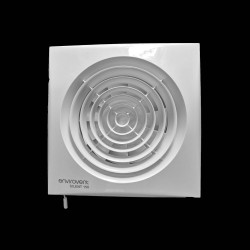
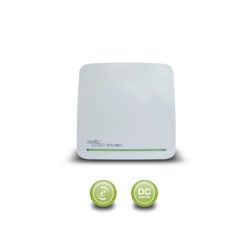

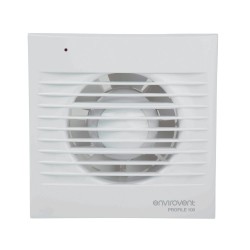

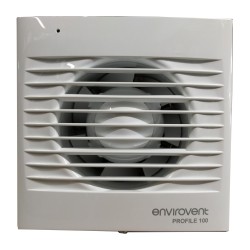
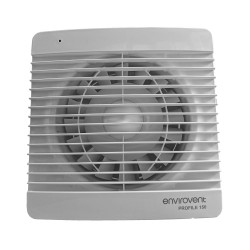


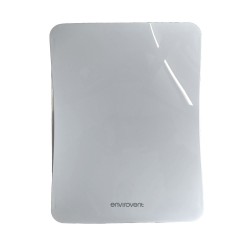
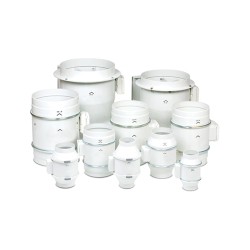





 1.jpg)